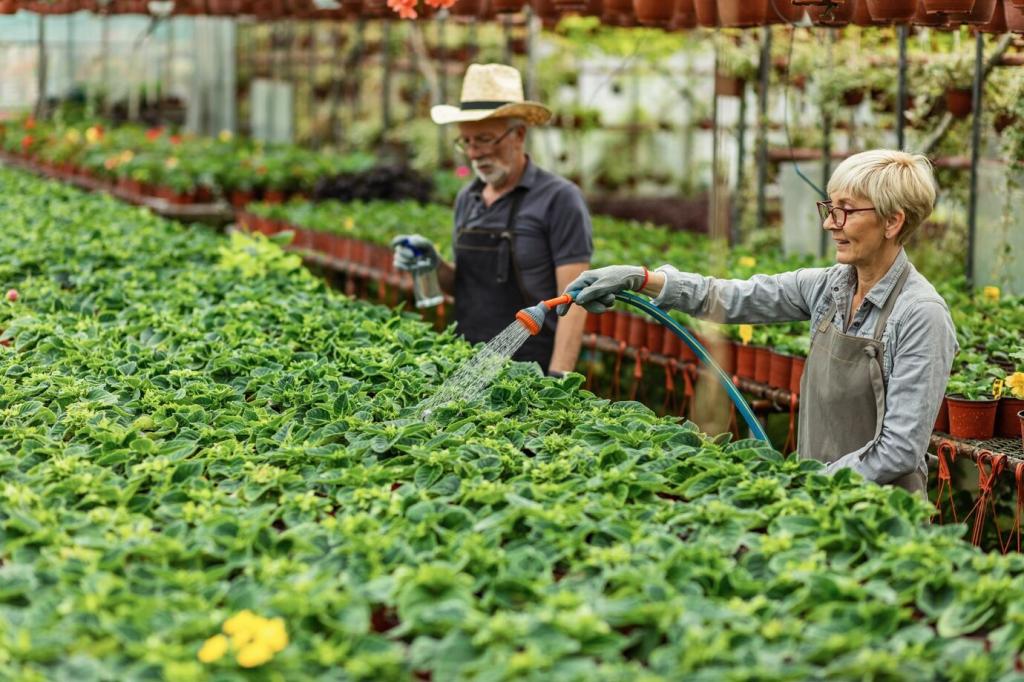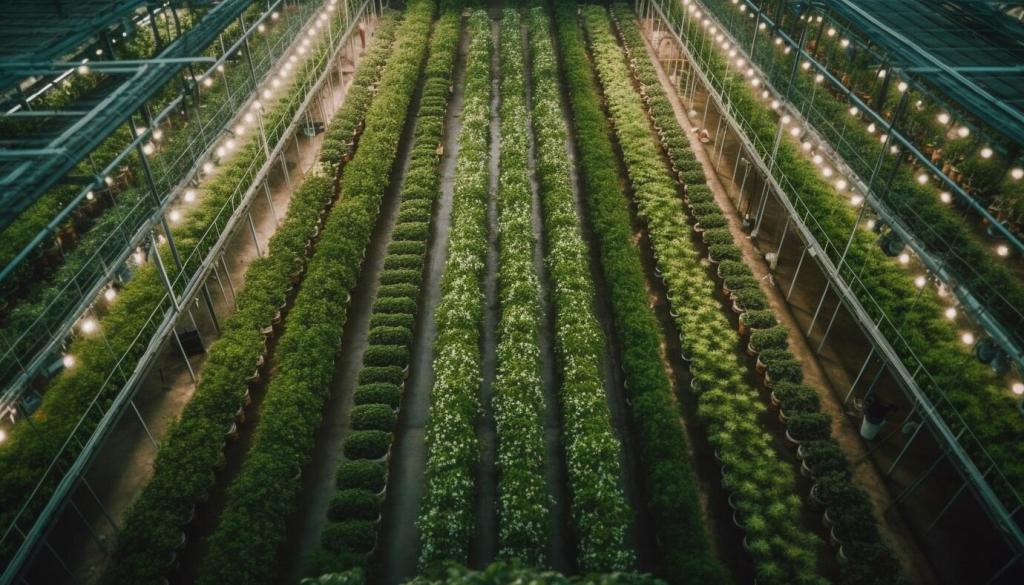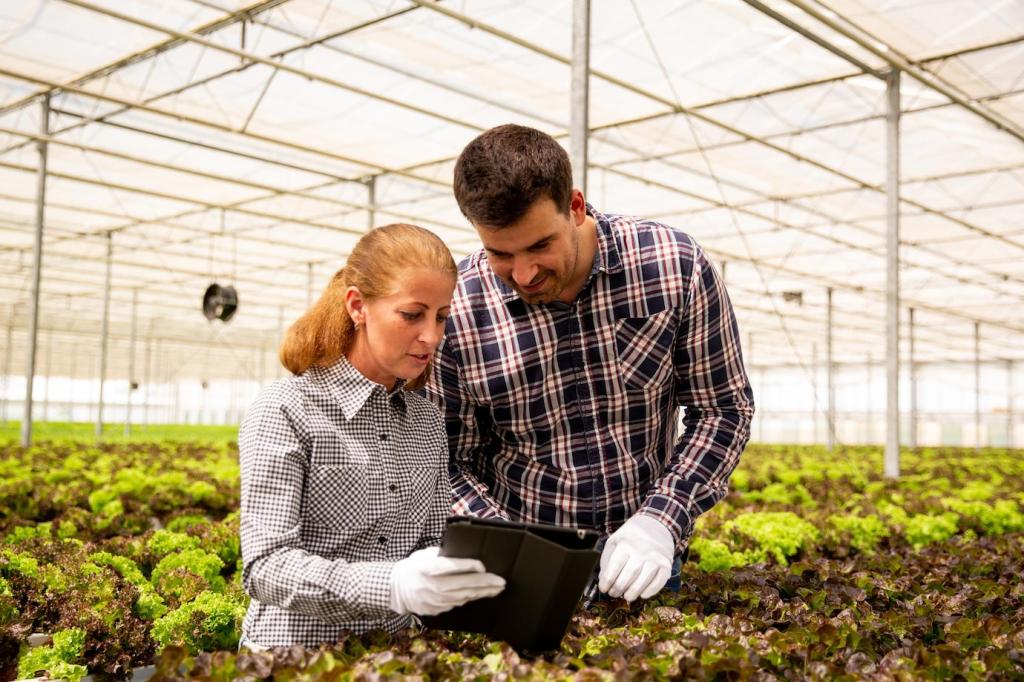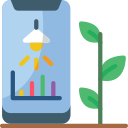This website uses cookies so that we can provide you with the best user experience possible. Cookie information is stored in your browser and performs functions such as recognising you when you return to our website and helping our team to understand which sections of the website you find most interesting and useful.

The Role of Technology in Future Urban Agriculture
As cities expand and arable land becomes increasingly scarce, the future of agriculture is intimately tied to the potential of technology. Urban agriculture presents a promising solution to food insecurity, environmental degradation, and supply chain vulnerabilities, particularly in densely populated urban settings. Driven by innovative technologies, future urban agriculture envisions vibrant spaces where sustainability, productivity, and community well-being intersect. This synergy promises to transform how cities produce, distribute, and consume food, making urban environments more resilient and self-sufficient. By exploring critical advancements in controlled environment systems, smart monitoring, automation, and sustainability, we gain a comprehensive understanding of how technology will reshape the urban agricultural landscape for years to come.



